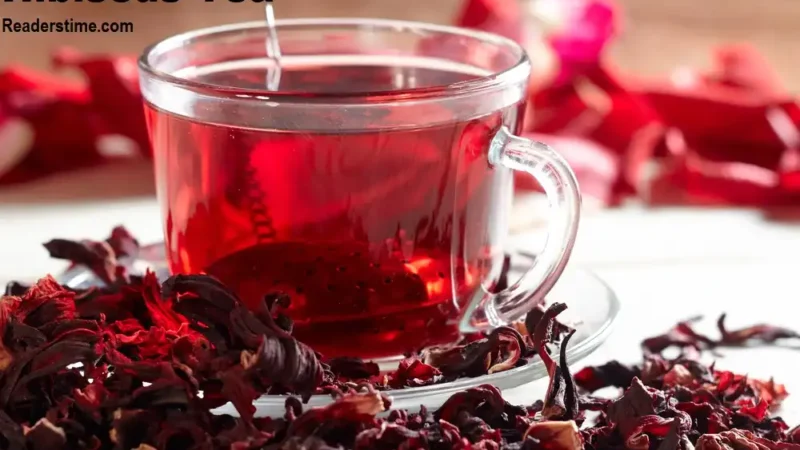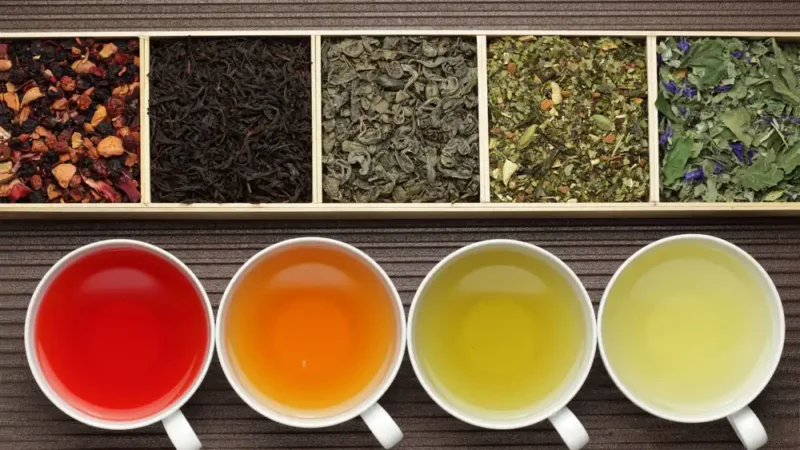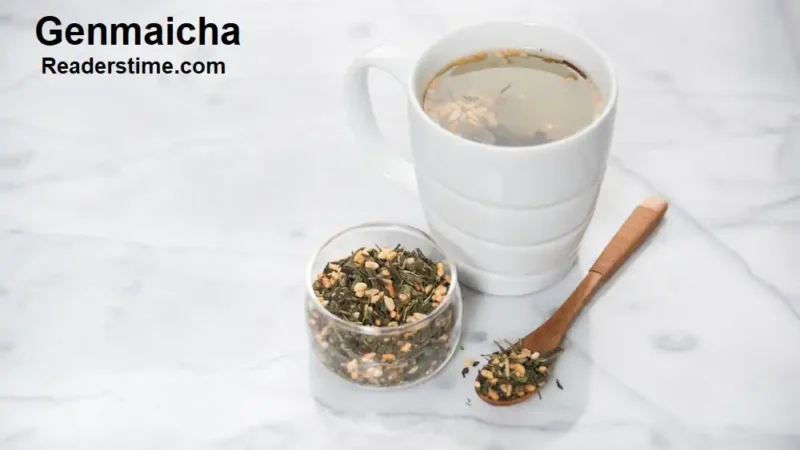Gyokuro, The Pinnacle of Japanese Green Tea
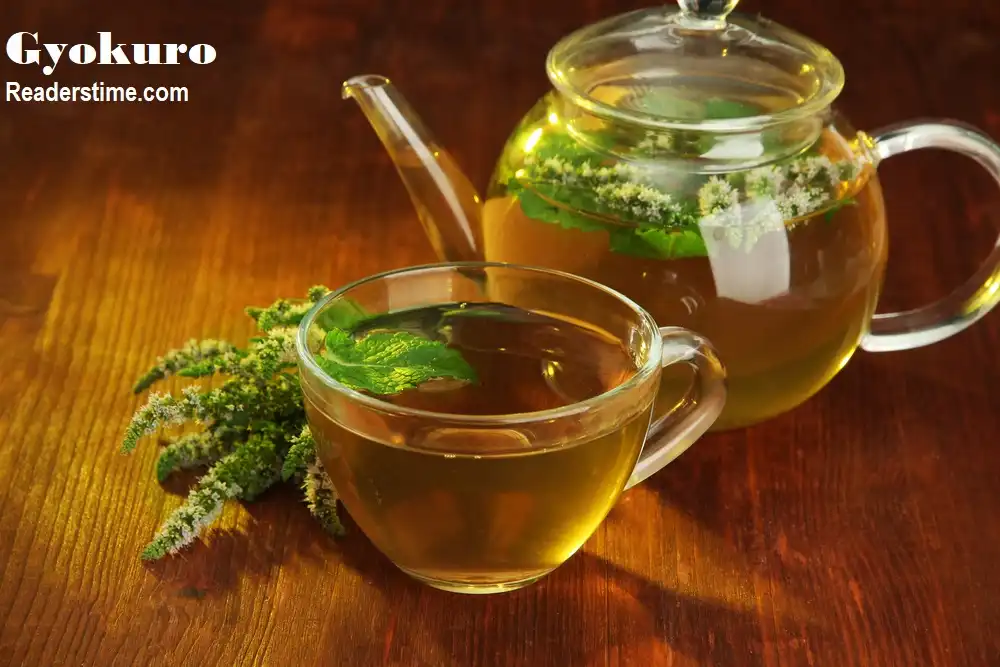
Gyokuro, often referred to as the “jade dew” of Japanese green teas, is renowned for its exceptional quality, distinctive flavor, and intricate cultivation process. This premium tea, prized by connoisseurs, embodies the artistry and dedication of Japanese tea culture.
The Art of Cultivation
Shading Process
Gyokuro’s unique characteristics stem from its shading process, which sets it apart from other green teas. Approximately three weeks before harvest, the tea plants are covered with traditional straw mats or modern shading cloths, creating an environment that limits sunlight exposure by about 90%. This significant reduction in light forces the plants to increase their chlorophyll production, resulting in the deep green color of the leaves. Additionally, the shading process boosts the concentration of amino acids, particularly L-theanine, which contributes to the tea’s rich umami flavor. At the same time, the levels of catechins, responsible for the bitterness in many green teas, are reduced, leading to a smoother taste.
Harvesting
The first flush of gyokuro leaves, harvested in the spring, is the most valued. These young, tender leaves are meticulously hand-picked to ensure that only the finest quality leaves are selected. The careful handling during harvesting is crucial to preserving the integrity of the delicate leaves, maintaining their vibrant green color and preventing any premature oxidation. This attention to detail at every stage of cultivation underscores the premium nature of gyokuro and the dedication of the farmers who produce it.
Flavor Profile and Aroma
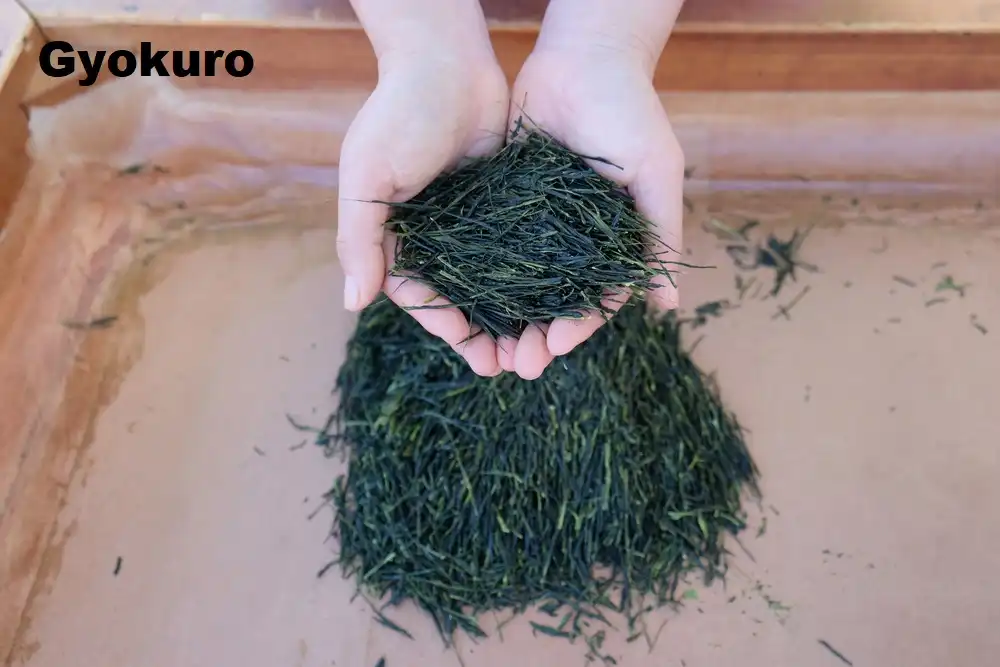
Taste
Gyokuro is celebrated for its rich, umami flavor, which is often described as sweet, smooth, and savory. The meticulous shading process enhances the tea’s natural sweetness by increasing the levels of L-theanine and other amino acids, while simultaneously reducing the bitterness typically associated with green tea. This results in a well-balanced and mellow taste that is both complex and harmonious. The umami quality, which is a hallmark of gyokuro, provides a deep, savory note that is complemented by a slight vegetal undertone, offering a unique and satisfying tea experience that lingers on the palate.
Aroma
The aroma of gyokuro is equally enchanting, characterized by a fresh, seaweed-like fragrance. The deep green leaves exude a sweet, grassy scent that becomes more pronounced when brewed. This inviting aroma is a prelude to the complex flavor profile of the tea, adding another layer to the sensory experience. The combination of sweet and vegetal notes in the aroma enhances the overall enjoyment of gyokuro, making it a truly immersive tea experience.
Brewing Techniques
Brewing gyokuro requires a gentle touch and a mindful approach to unlock its full potential. The following steps outline the traditional method for brewing this exquisite tea, ensuring that its delicate flavors and aromas are fully appreciated.
Water Temperature
Use water at a lower temperature, between 50-60°C (122-140°F). Boiling water can scorch the delicate leaves, resulting in a bitter taste. The lower temperature preserves the amino acids and other delicate compounds, allowing the tea’s subtle flavors to emerge.
Leaf Quantity
Use a higher leaf-to-water ratio compared to other green teas. Typically, 2-3 teaspoons (10 grams) of gyokuro are used for 6 ounces (180 ml) of water. This higher concentration of leaves ensures a rich and full-bodied infusion, maximizing the tea’s flavor potential.
Steeping Time
Allow the leaves to steep for 2-3 minutes. A longer steeping time ensures the extraction of gyokuro’s complex flavors and nutrients. During this time, the leaves slowly release their rich umami essence, resulting in a deeply satisfying cup of tea.
Multiple Infusions
Gyokuro leaves can be steeped multiple times, each infusion revealing new layers of flavor. Subsequent infusions require shorter steeping times, around 30-60 seconds, with slightly higher water temperatures. This gradual increase in temperature helps extract the remaining flavors without overwhelming the delicate balance of the tea.
Health Benefits
Gyokuro, like other green teas, is packed with antioxidants, vitamins, and minerals, contributing to various health benefits:
Rich in Antioxidants
Gyokuro contains high levels of catechins, which are potent antioxidants that help combat oxidative stress, reduce inflammation, and protect against chronic diseases. These antioxidants neutralize harmful free radicals in the body, supporting overall health and well-being.
Enhanced Cognitive Function
The high L-theanine content in gyokuro promotes relaxation and improves focus and concentration. L-theanine, in synergy with caffeine, provides a calm and alert state without the jitters commonly associated with coffee. This unique combination enhances cognitive function and mental clarity, making gyokuro an excellent choice for those seeking both relaxation and alertness.
Boosted Metabolism
Gyokuro may aid in weight management by boosting metabolism and promoting fat oxidation. The catechins and caffeine in gyokuro work together to enhance metabolic rate and energy expenditure, supporting a healthy weight. Additionally, the tea’s natural sweetness can help curb sugar cravings, further contributing to weight management efforts.
Heart Health
Regular consumption of gyokuro may contribute to heart health by improving cholesterol levels, reducing blood pressure, and enhancing blood vessel function. The antioxidants in gyokuro help protect the cardiovascular system, reducing the risk of heart disease and promoting overall heart health.
Conclusion
Gyokuro is more than just a beverage; it is a testament to the meticulous craftsmanship and profound appreciation for nature inherent in Japanese tea culture. From its intricate cultivation process to its exquisite flavor and aroma, gyokuro offers a unique and luxurious tea experience. Whether you are a seasoned tea enthusiast or a curious newcomer, savoring a cup of gyokuro is an invitation to indulge in one of Japan’s finest treasures. Its rich history, complex flavor profile, and numerous health benefits make gyokuro a true gem in the world of tea. Embrace the tradition and artistry of gyokuro, and let each sip transport you to the serene tea gardens of Japan.


